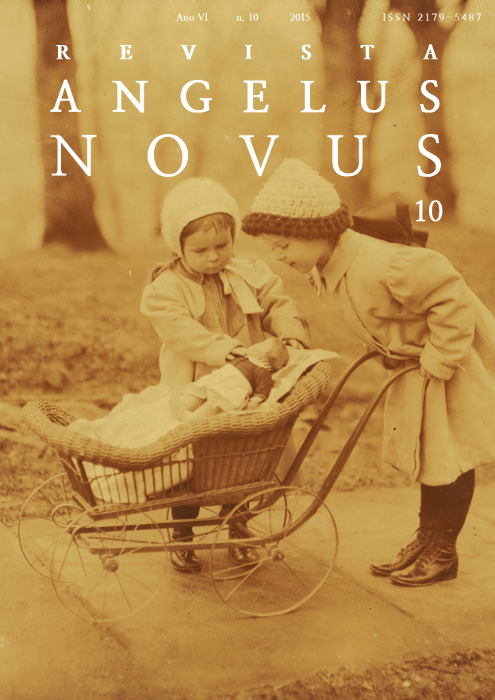Debates about teaching in Sao Paulo elementary schools in the first years of the 20th century
DOI:
https://doi.org/10.11606/ran.v0i10.123945Keywords:
elementary schools, italian immigrants, history of educationAbstract
public and italian private elementary schools were meant to make students literate in portuguese. The conflict created at this point was due to the range of places in the Italian Peninsula where the Italians came from, and their respective languages. The subsidized Italian schools advocated that the teaching of italian and portuguese should happen simultaneously, which did not always happen due to the language teachers’ ethnic origins. The sources used in the present research consist of news articles written in italian, found in some newspapers that circulated around the city, as well as reports from school inspectors who visited the elementary schools in the capital city, among other documents in the collections of the Public Archive of the State of São Paulo. Among the authors who formed the basis for this research are Trento (2002), Pereira (2010), Cruz (2013), due to their daily life description of the city of São Paulo; and Italian authors such as Civra (2002) and Salvetti (2002), when addressing the situation of italian schools built overseas; among others. Up to the moment, it is possible to reach the conclusion that those children who attended elementary schools in the neighborhoods encompassed by the study would learn portuguese or italian despite all the diversities they encountered.Downloads
Download data is not yet available.
Downloads
Published
2016-12-16
Issue
Section
Dossiê temático: História da Infância e da Juventude
License
1. Proposta de Política para Periódicos de Acesso Livre
Autores que publicam nesta revista concordam com os seguintes termos:
- Autores mantém os direitos autorais e concedem à revista o direito de primeira publicação, com o trabalho simultaneamente licenciado sob a Creative Commons Attribution License que permitindo o compartilhamento do trabalho com reconhecimento da autoria do trabalho e publicação inicial nesta revista.
- Autores têm autorização para assumir contratos adicionais separadamente, para distribuição não-exclusiva da versão do trabalho publicada nesta revista (ex.: publicar em repositório institucional ou como capítulo de livro), com reconhecimento de autoria e publicação inicial nesta revista.
- Autores têm permissão e são estimulados a publicar e distribuir seu trabalho online (ex.: em repositórios institucionais ou na sua página pessoal) a qualquer ponto antes ou durante o processo editorial, já que isso pode gerar alterações produtivas, bem como aumentar o impacto e a citação do trabalho publicado (Veja O Efeito do Acesso Livre).
How to Cite
Debates about teaching in Sao Paulo elementary schools in the first years of the 20th century. (2016). Revista Angelus Novus, 10, 87-104. https://doi.org/10.11606/ran.v0i10.123945






